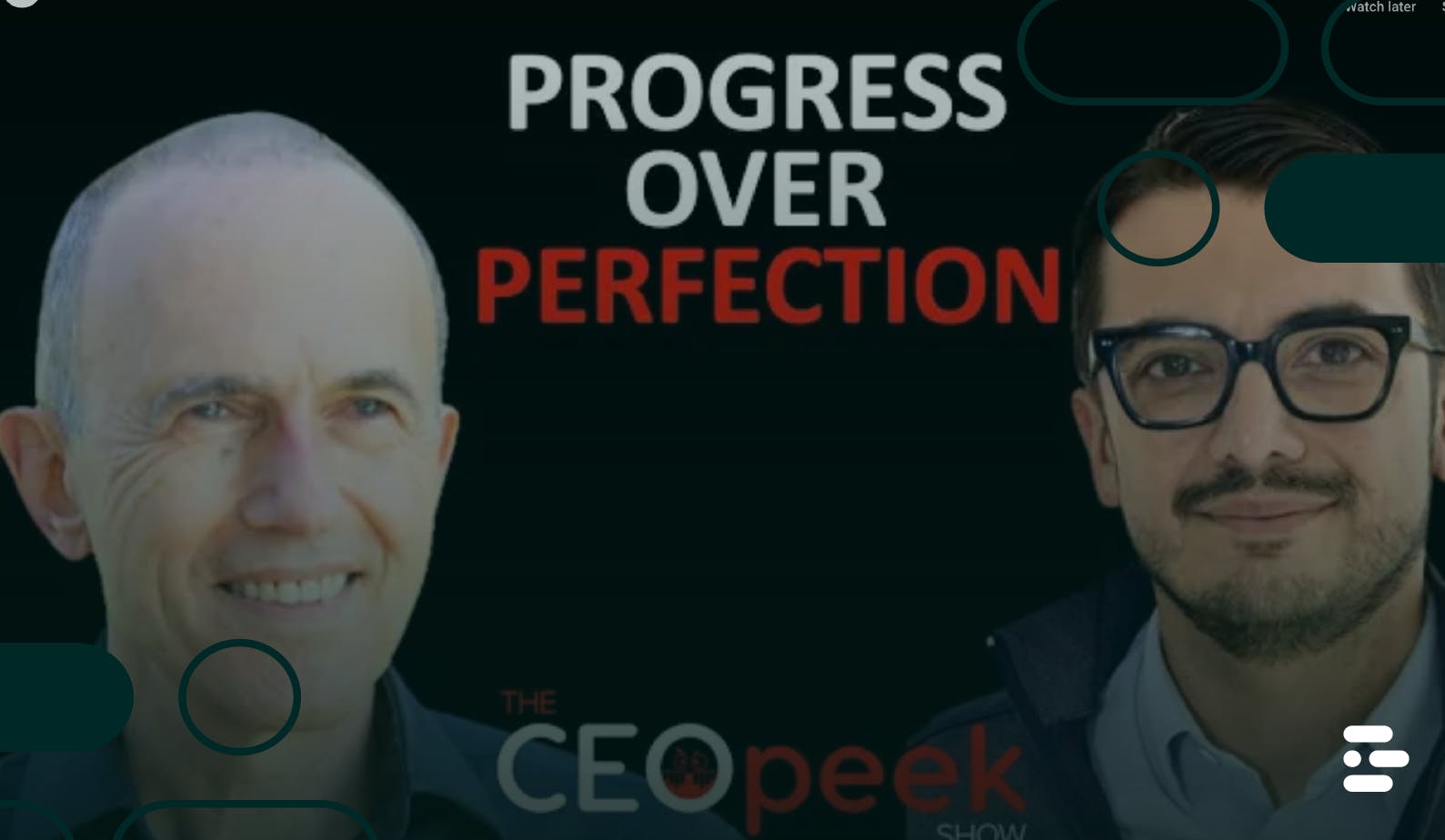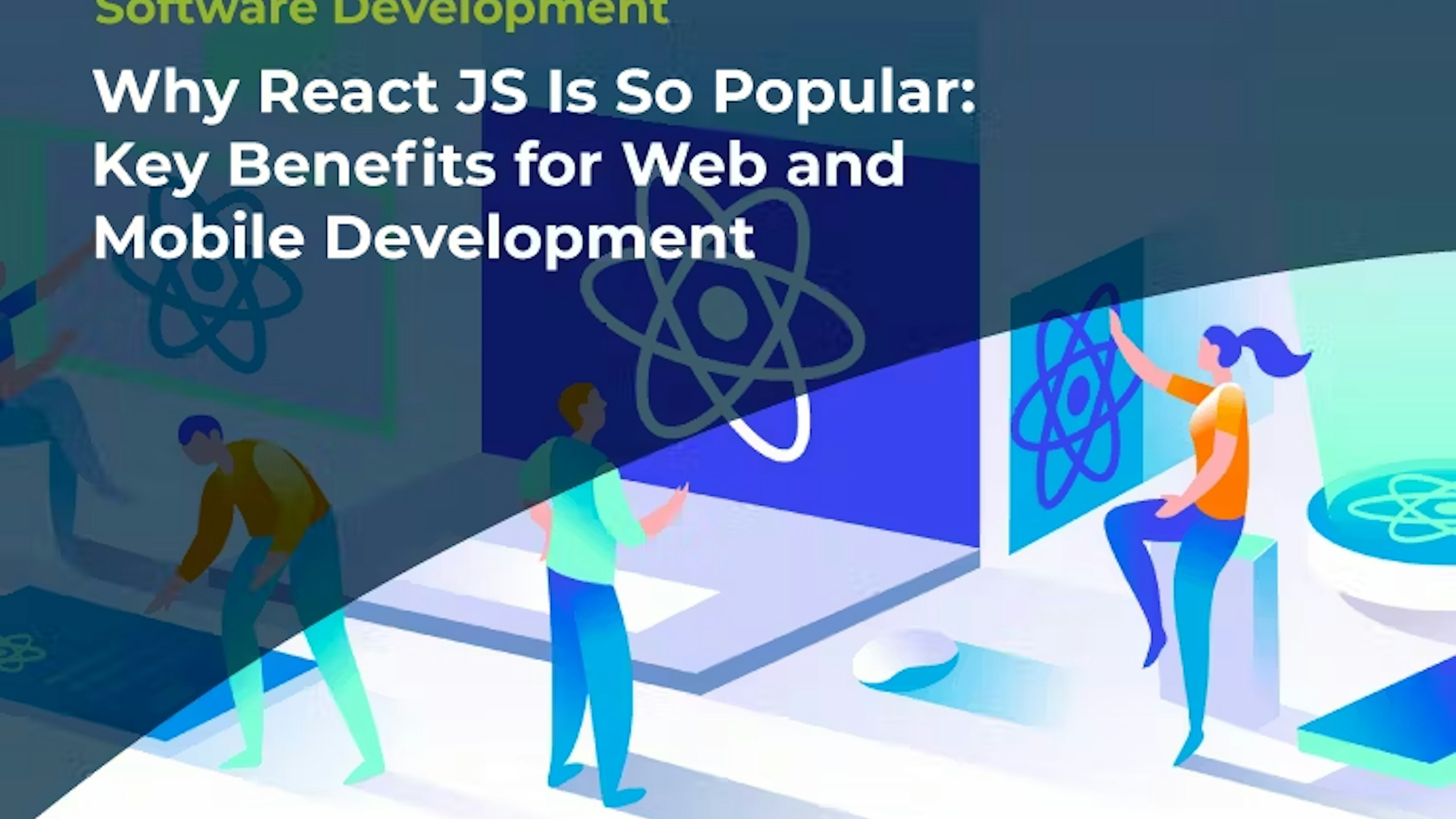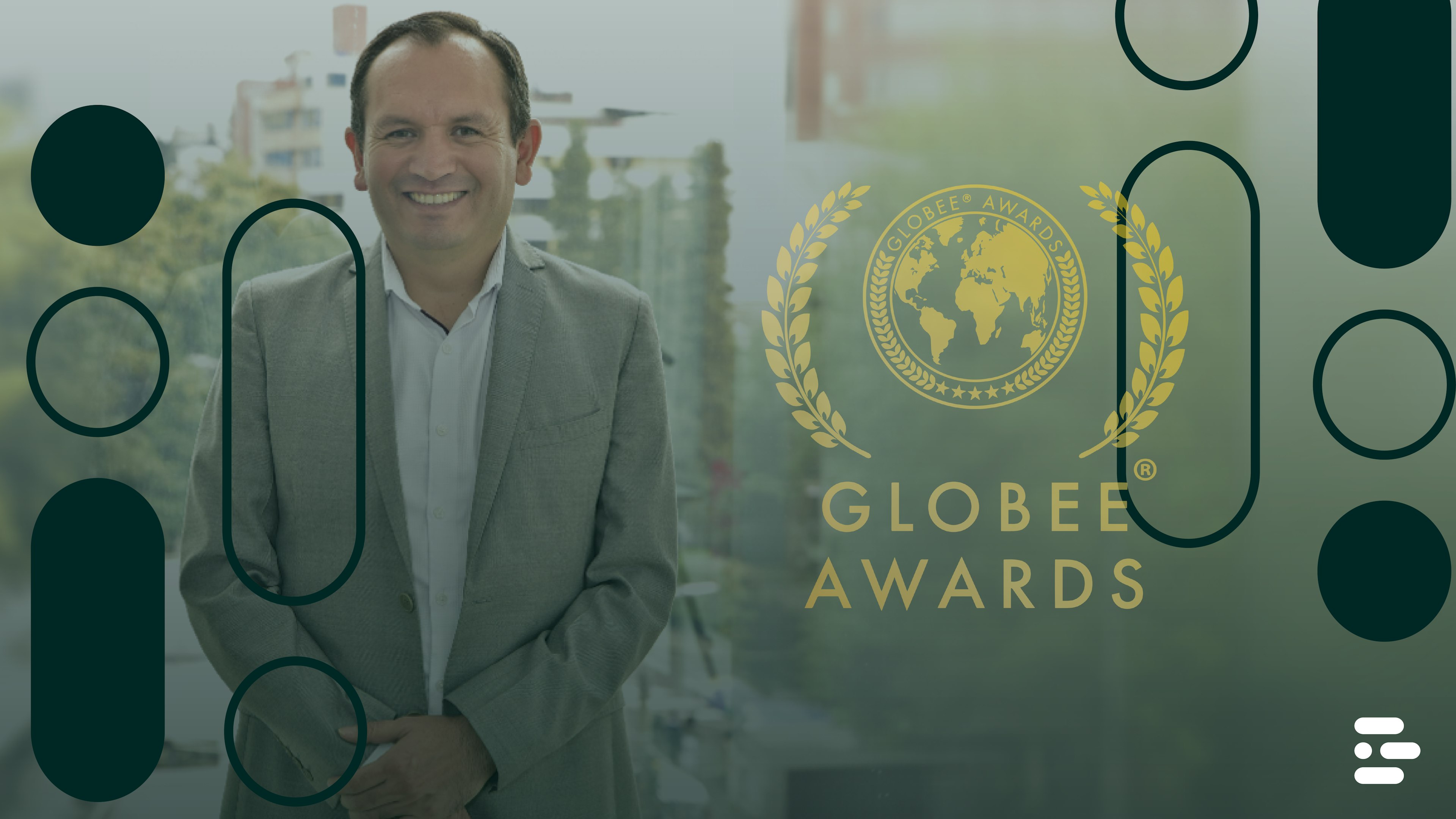Good Enough Wins: Felipe Cornejo on Leading With Radical Transparency and Pragmatic Delivery


When software moves faster than planning cycles, leaders who tell the truth early, align on shared goals, and iterate together outperform those chasing perfection in silence. That is the backbone of Devsu CEO and founder Felipe Cornejo’s leadership philosophy, explored in his recent conversation on The CEOpeek Show. The episode centers on a simple, challenging idea: good enough, delivered openly and collaboratively, often beats a hidden quest for perfection that arrives too late.
The wake-up call: ship, surface risk, and move
Early in Felipe’s career, a live ESPN launch nearly went sideways. Performance tests had been missed, and the team hesitated to raise a red flag. That near-miss became a turning point, shaping an operating system he still uses today. The lesson was not “ship recklessly,” it was “surface reality fast, then collaborate to correct course.” In practice, that means creating conditions where engineers, product managers, and clients can expose uncomfortable truths without fear, so decisions happen at the speed of the problem, not the speed of hierarchy.
If a risk exists, it should not compete with politics. Name it early so the team can fix it, together.
Progress over perfection, with transparency as the multiplier
Per the episode write-up, Felipe couples radical transparency with a pragmatic bias for progress over perfection. That pairing matters. Transparency without action creates anxiety; action without transparency creates surprises. Together, they turn ambiguity into aligned motion. For CTOs, the practical translation looks like:
- Visible quality gates that anyone can trigger when risk exceeds thresholds
- Demos and working increments that keep truth visible every week
- Decision journals for consequential tradeoffs, so you can revisit assumptions and learn
This is not lowering the bar, it is sequencing excellence, so the right quality shows up at the right time.
“Radical transparency with clients and teams, paired with a pragmatic bias for progress over perfection.”
Bridging cultures, building one team
Devsu operates between Ecuador and the U.S., serving clients across the Americas. Cross-cultural leadership is not a soft skill here, it is a delivery requirement. Felipe emphasizes intentional nuance when bridging U.S.–LATAM expectations, communication rhythms, and risk tolerance. Two plays stand out for distributed teams:
- Shared definitions of “done.” Reduce friction by codifying acceptance criteria and “good enough” thresholds by context, for example by platform or release type.
- Ritualized clarity. Use standing agendas for standups, backlog reviews, and stakeholder syncs that explicitly ask, “What is unclear, what is at risk, what needs a decision?”
The goal is not to erase culture, it is to synchronize cultures around outcomes that matter to customers.
Micromanagement as a temporary teaching tool
The show notes say Felipe treats micromanagement as a temporary teaching tool, not a personality. That framing is rare and useful. In practice:
- When it belongs: early tenure, crisis containment, or skill transfer on a critical path
- How it ends: Define the exit criteria upfront, for example, “after two green sprints and one clean release, we return to standard autonomy.”
- Why it works: the intent is capability, not control
Leaders should make micromanagement time-boxed and purpose-bound, then step back as soon as the team demonstrates competency.
“Direct oversight is fine when it accelerates learning, not when it replaces it.”
Escaping analysis paralysis
Analysis paralysis is a tax on both speed and morale. Felipe counters it with reflective “retro” practices and an orientation toward decisions that can be safely reversed. Borrowing from the episode’s spirit:
- Bias to reversible decisions. For choices you can unwind cheaply, decide quickly, measure, and adjust.
- Raise the bar only where it belongs. For decisions with existential blast radius (security, compliance, safety), insist on elevated scrutiny and diverse perspectives.
- Retro with receipts. Tie retrospectives to actual decision logs and outcome metrics, so lessons compound rather than repeat.
This makes learning the default and perfection a context-aware exception.
Building an institution that outlasts any one leader
Leaders do their best work when they become less central over time. Felipe’s focus on transparency, shared language, and repeatable rituals points to an ambition that extends beyond a single release or a hero leader. Institutionalizing delivery looks like:
- Common cadences across teams, so leaders can roll up status without translation tax
- Succession pathways inside engineering management, so “who decides what” is predictable
- Cultural artifacts that live beyond people, such as decision playbooks, onboarding paths, and quality charters
That is how you make better outcomes repeatable at scale.
A practical framework you can steal next sprint
Below is a lightweight operating checklist inspired by the episode’s themes. Use it for a product line, a major feature, or a customer-facing integration.
1) Define “good enough,” up front
- Outcome, user impact, and guardrails for performance, security, and compliance
- Which metrics must be green for release versus monitored post-release
2) Make truth visible, quickly
- Weekly working demos, not slideware
- Open risk register visible to the team and stakeholder sponsors
- Shared “stop the line” criteria and ownership
3) Bias to reversible decisions
- Tag decisions as reversible or not, timebox discovery for reversible ones
- For irreversible choices, widen the circle and run short design reviews
4) Treat micromanagement as a sprint-length intervention
- Define start, scope, and end conditions
- Pair senior with mid-level engineers to transfer judgment, not just tasks
5) Retro like you mean it
- “What did we decide, what happened, what will we change”
- Capture one playbook rule update per retro, so learning compounds
Conclusion
Great software leadership is not about chasing flawless plans, it is about making truth visible early, aligning on outcomes, and moving forward together. Felipe Cornejo’s playbook favors progress with accountability, clarity with compassion, and a culture where risks are named quickly so teams can act just as quickly. For CTOs and product leaders, the takeaway is practical and repeatable, define what good enough means for this release, keep quality and risk visible in real time, and institutionalize learning so every sprint compounds trust with customers and stakeholders.
Devsu’s cross-border operating model reflects this philosophy in action, one cadence, one playbook, and one integrated team that delivers value without surprises. When transparency and pragmatism travel together, speed becomes sustainable, and excellence becomes a habit.
If you would like to know more about Felipe and how DEVSU is shaping the industry, read the Modernizing at Scale: A Financial Institutions Study
Or watch the full episode here: https://www.ceopeek.com/2025/09/29/good-enough-wins-with-felipe-cornejo/
Subscribe to our newsletter
Stay informed with the latest insights and trends in the industry
Content
You may also like


